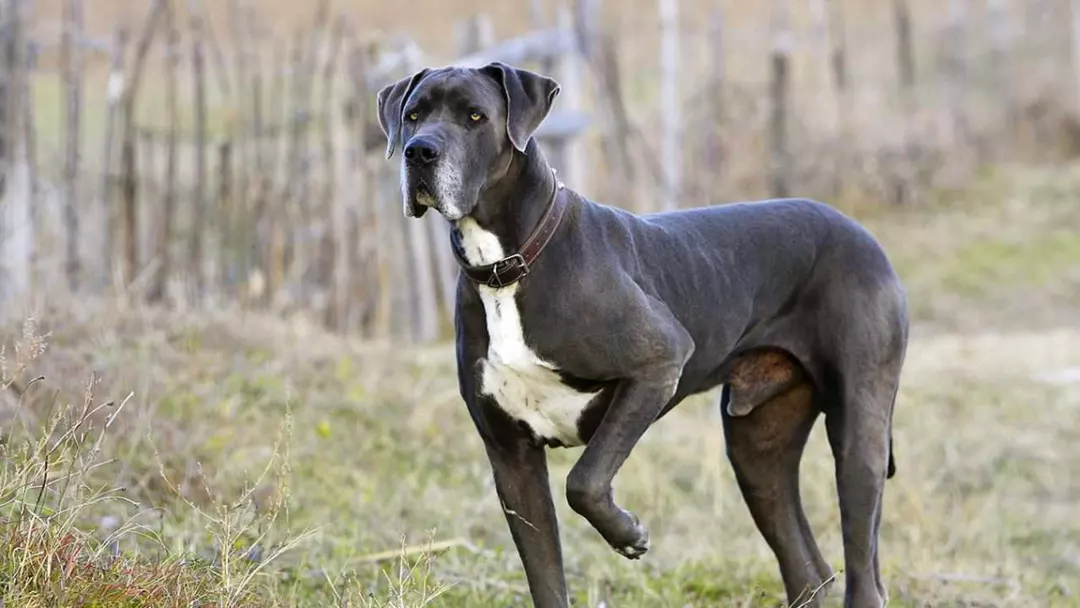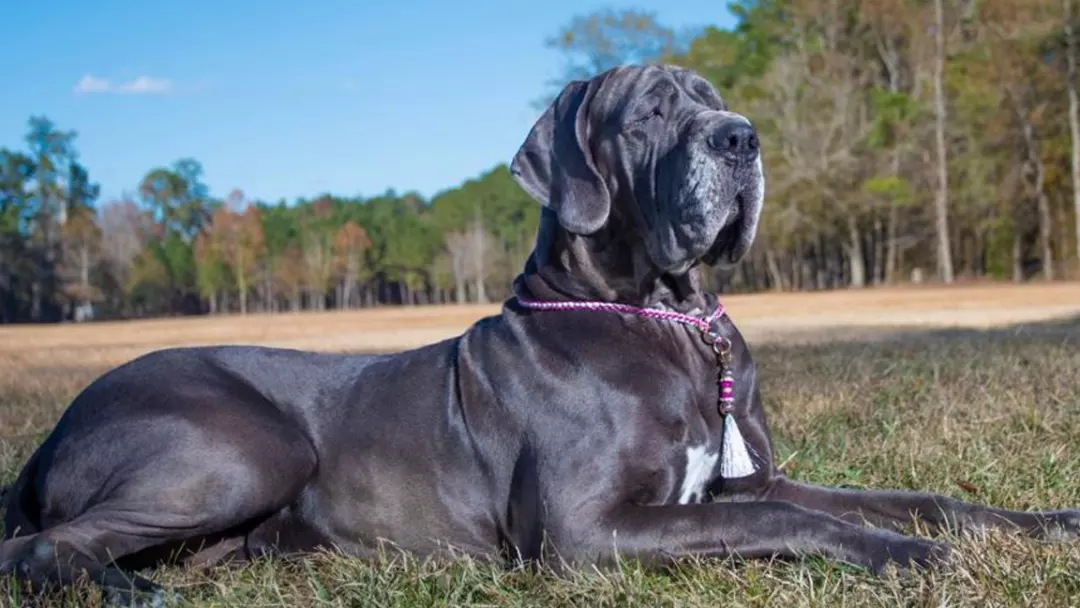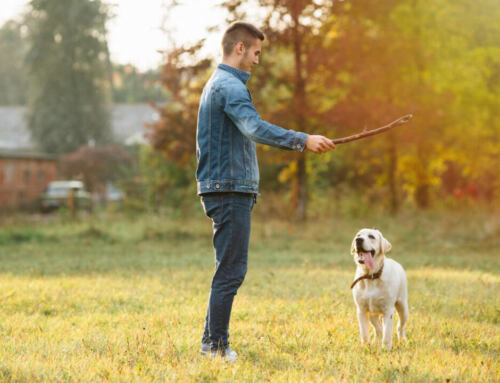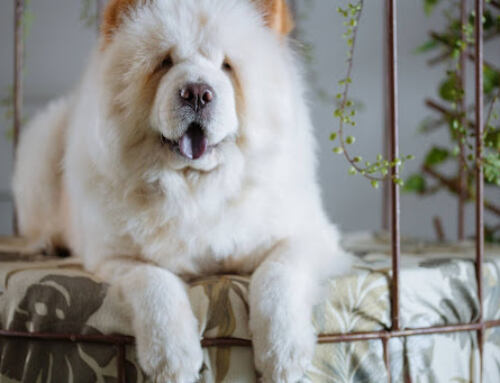They’re great, but did you know that they’re not from Denmark?
The modern Great Dane was developed in Germany during the 1800s for hunting boar. Ancient Egyptian art shows dogs that look like Great Danes, but the modern Great Dane was created in Germany for hunting boar. Along with its huge size, there’s no doubt that the black Great Dane is one of the most striking dogs around.
Today, these gentle giants make great family pets. Even though great Dane lifespan is not so good but they are often called “the Apollo of dogs” because of their grace, courage, size, and beauty.
Characteristics of Great Dane Dog

People often refer to Great Danes as “gentle giants.” They have a moderately playful and affectionate nature, and they are patient and kind toward children. They are going to watch over their house.
Some Great Danes or black great dane can be hostile toward other dogs if they are not familiar with them, particularly if they have been raised with them. Although Great Danes are generally considered easy to train, some enthusiasts claim that individual dogs may be resistant to learning.
History Of Great Dane

The Great Dane is a large dog breed that is sometimes referred to as the Apollo of dogs. The Dane is a German word and not a Danish one. The breed is believed to have existed for at least four hundred years. Originally the history of great Dane bred by German aristocracy to guard country estates and also hunt wild animals, Great Danes are descended from mastiff like dogs.
Great Danes were highly regarded as estate and carriage guard dogs. Few other dogs could capture a wild boar, so they also favored the wealthy.
In the 1800s, Great Danes began to resemble those we recognize today. 1880 was the year when the term “Great Dane” was banned in Germany. Instead, the breed was given the name Deutsche Dogge, which translates to “German mastiff.” In English-speaking countries, however, the name “Great Dane” remains in use.
Even though they are small, families frequently keep these dogs as pets. They are also gaining popularity among city dwellers due to their ability to deter thieves.
Here’s the rest of what you need to know about the largest dog breed:
- They are the largest dog breed, strong, and beautiful. Males can grow to be 32 inches tall and weigh between 100 and 120 pounds, while females can grow to be 30 inches tall and weigh between 100 and 120 pounds (45 to 59 kilograms).
- Even though they are big, Danes are very friendly and affectionate. These dogs love each other. They need lots of love and time with people and other animals, so they make great pets for families. Danes are so good with kids because they are sweet, gentle, and patient. However, like all dogs, they should never be left alone with small kids, and they will have to learn not to play as harshly as they would with a puppy.
- The top of the Great Dane’s huge head is flat and narrow. The eyebrows stand out. The ears either hang down or are cut so that they stand up straight. It has a long, strong neck. The Great Dane has a long, strong body with straight front legs. Its tail is about the same length as its body. Below the hocks, it thins out and becomes thinner at the base yet they are the largest dog breed ever known.
- Great Danes need to be trained correctly. These large, powerful dogs need to be trained to obey commands and socialized with people and other animals. Since most Danes are pleasant and cooperative, training is a breeze (though beware the odd stubborn streak). If you buy from a reputable breeder, you can rest assured that your dog will have a positive socialization experience in its first few months of life.
- Great Danes shed a little to an average amount. The coat is short and smooth, and it can be brindle or fawn, blue, black, or harlequin, which is black spots on a white background. Great Dane lifespan is only live 6–8 years or less, which isn’t very long.
- A large dog breed will require a large solution. In addition to incurring higher-than-average veterinary costs and wear and tear to your home and vehicle, a Great Dane can cost significantly more money to feed than a smaller breed of dog. Be aware that the costs associated with owning a Great Dane will be significant before you decide to bring one into your life.
- The Great Dane is the world’s tallest dog. The male can reach a massive 32 inches in height first at the shoulder and 175 pounds in weight. Even though females can reach only 30 inches in height and 140 pounds in weight. Even though they are quite large, Great Danes exude grace and regal bearing.
- This large breed needs regular physical activity. While a Great Dane does require daily exercise, a full marathon is not necessary. Two good, long walks should do it, but keep in mind that great Dane puppies have more energy and need more vigorous activity. Having a Great Dane as a jogging partner once it reaches adulthood is a joy, but it’s best to wait until great Dane puppies are at least two years old to start running, as doing so before that can cause bone damage.




